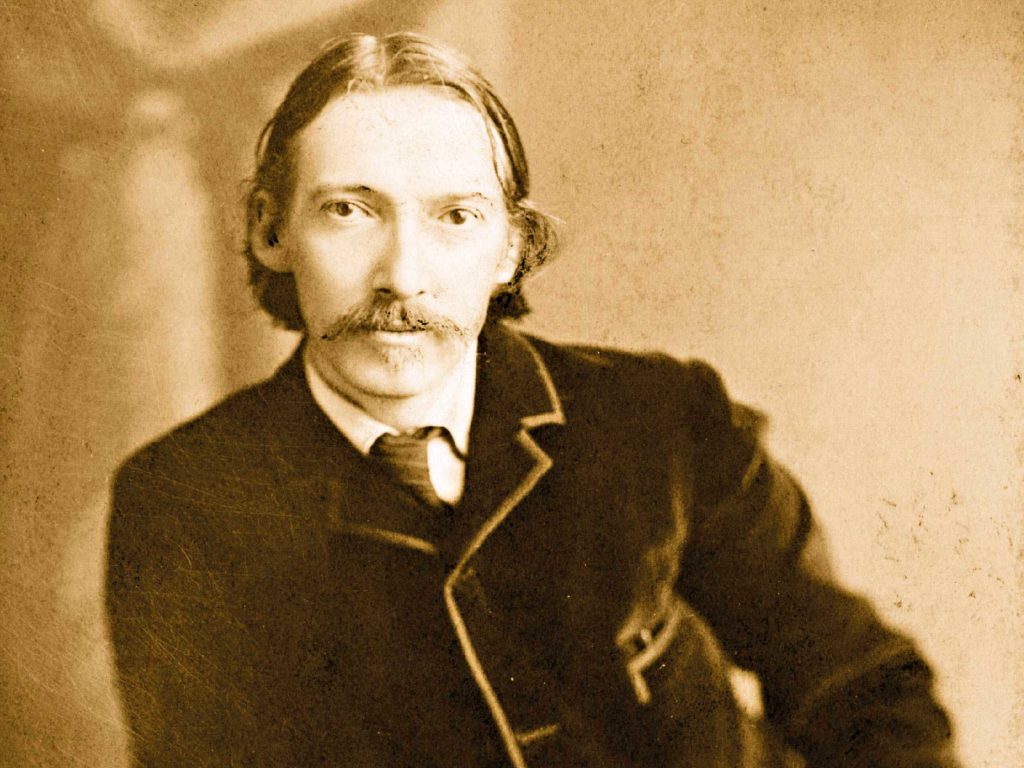
He realizes the grave must be for the body of a mariner washed ashore. While there he sees the shattered hull of the wrecked ship, and also a fresh grave. His cousin Mary Ellen confirms that a ship was recently cast away nearby, having been driven by a storm into the dreadful breakers around the promontory, breakers that roar a hundred feet high around the rocks and are called "the Merry Men" due to the vast noise they make, like shrieking laughter.Ĭharles goes down to the shore on his treasure-hunt. He realizes at once they must have come from a shipwreck, and feels uneasy about this looting of the dead. He is further surprised to find his uncle's austere home decorated with expensive lamps and rugs. Charles is surprised to find both Rorie and Gordon anxious and full of foreboding, though both furtively evade his questions. Charles hopes to use the treasure to restore the Darnaways' fortunes and marry Gordon's daughter (and Charles' cousin) Mary Ellen.Ĭharles is rowed out to the promontory by the only other inhabitant, Gordon's servant Rorie.

Charles has come in search of sunken treasure, as he believes a ship of the Spanish Armada sank in the bay under his uncle's home long before. Aros is the home of his uncle, Gordon Darnaway, a hard-hearted and alcoholic Presbyterian. The narrator, Charles Darnaway, a recent graduate of the University of Edinburgh, travels to the remote island of Aros off the northwest coast of Scotland. The title derives from the local name given to a group of waves in the story, not from the Merry Men of Robin Hood and his merry men. It is set on the fictional island Eilean Aros, based on the Isle of Erraid. The story was later published in Stevenson's collection The Merry Men and Other Tales and Fables (1887). The Stevenson s path follows the very well waymarked GR70." The Merry Men" is a short story by Robert Louis Stevenson first published in 1882 in Cornhill Magazine 45-6 (June–July 1882).


This young scottish writer Robert Louis Stevenson left Monastier sur Gazeille on the 22 of September and arrived 12 days and many adventures later at Saint Jean du Gard, a few 220 km southwards. In 1879, the diary Walking in the Cevennes with a donkey was published after the young writer had walked the path which links the 4 departments of Haute-Loire, Ardèche, Lozère and Gard, at the crossroad between Auvergne and Languedoc-Roussillon regions, full of discoveries and surprises. Robert Louis Stevenson “Travel with a donkey in the Cevennes”. And to write about it afterwards…īut the great affair is to move, to feel the needs and hitches of life a little more early, to get down of this feather’s bed of civilisation, and to find the globe granite underfoot and strewn with cutting flints.” “For my part, I travel not to go anywhere but to go.


 0 kommentar(er)
0 kommentar(er)
